| Windows Version/SQL Version | SQL Server 2022 | SQL Server 2019 | SQL Server 2017 | SQL Server 2016 | SQL Server 2014 | SQL Server 2012 | SQL Server 2008 R2 | SQL Server 2008 |
|---|---|---|---|---|---|---|---|---|
| Windows Server 2022 | Yes (RTM) | Yes (RTM) | Yes (RTM) | Not supported | Not supported | Not supported | Not supported | Not supported |
| Windows 11 | Yes (RTM) | Yes (RTM) | Yes (RTM) | Not supported | Not supported | Not supported | Not supported | Not supported |
| Windows 10 | Yes (RTM) | Yes (RTM) | Yes (RTM) | Yes (SP2) | Yes (SP3) | Yes (SP4) | Not supported | Not supported |
| Windows Server 2019 | Yes (RTM) | Yes (RTM) | Yes (RTM) | Yes (SP2) | Yes (SP3) | Yes (SP4) | Not supported | Not supported |
| Windows Server 2016 | Yes (RTM) | Yes (RTM) | Yes (RTM) | Yes (SP2) | Yes (SP3) | Yes (SP4) | Not supported | Not supported |
| Windows 8.1 | No | No | Yes (RTM) | Yes (SP2) | Yes (SP3) | Yes (SP4) | Yes (SP3) | Yes (SP4) |
| Windows Server 2012 R2 | No | No | Yes (RTM) | Yes (SP2) | Yes (SP3) | Yes (SP4) | Yes (SP3) | Yes (SP4) |
| Windows 8 | No | No | Yes (RTM) | Yes (SP2) | Yes (SP3) | Yes (SP4) | Yes (SP3) | Yes (SP4) |
| Windows Server 2012 | No | No | Yes (RTM) | Yes (SP2) | Yes (SP3) | Yes (SP4) | Yes (SP3) | Yes (SP4) |
Product Features:
| Feature | Description |
|---|---|
| Data storage and management: | Stores and organizes structured data in tables, relationships, and indexes. |
| Querying and analysis: | Performs complex queries and data analysis using Transact-SQL (T-SQL). |
| Reporting and visualization: | Creates reports and data visualizations for insights and decision-making. |
| Security and compliance: | Implements encryption, access control, and auditing for data protection. |
| High availability and disaster recovery: | Provides options for backup, replication, and failover to ensure data accessibility. |
| Application development: | Supports various development tools and languages for building data-driven applications. |
Comparison of Standard Variations:
| Feature | SQL Server 2012 | SQL Server 2014 | SQL Server 2016 | SQL Server 2017 | SQL Server 2019 |
|---|---|---|---|---|---|
| Maximum database size | 2 TB | 2 TB | 4 TB | 4 TB | 4 TB |
| Maximum memory supported | 64 GB | 64 GB | 128 GB | 128 GB | 128 GB |
| Virtualization support | Limited | Improved | Enhanced | Enhanced | Enhanced |
| In-memory OLTP | No | No | Yes | Yes | Yes |
| Columnstore indexes | Limited | Improved | Enhanced | Enhanced | Enhanced |
| AlwaysOn Availability Groups | No | No | Yes | Yes | Yes |
| Support for Linux | No | No | No | Yes | Yes |
| End of support date | July 10, 2027 | July 9, 2029 | July 14, 2027 | October 14, 2027 | October 14, 2027 |
Minimum System Requirements:
| Component | Minimum | Recommended |
|---|---|---|
| Operating system | Windows Server 2008 R2 SP1 or later | Windows Server 2019 |
| Processor | Intel Xeon or AMD Opteron with 2 cores | Intel Xeon or AMD Opteron with 4 cores or more |
| Memory | 4 GB RAM | 8 GB RAM or more |
| Storage | 10 GB available disk space | SSD with sufficient space for data and logs |
Additional Notes:
- This is a simplified comparison; more detailed information is available on the Microsoft website.
- The actual system requirements may vary depending on the specific workload and configuration.
- Upgrading to later versions is recommended for improved features, security, and support.

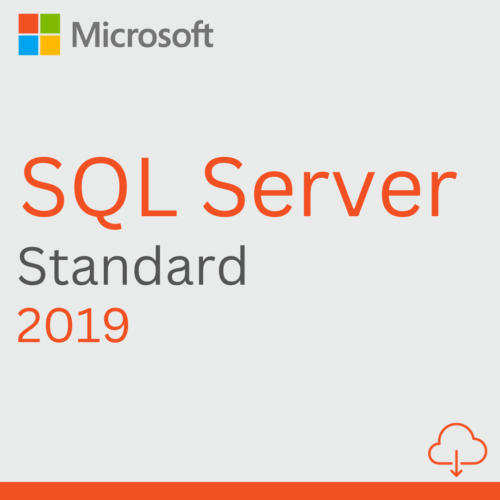



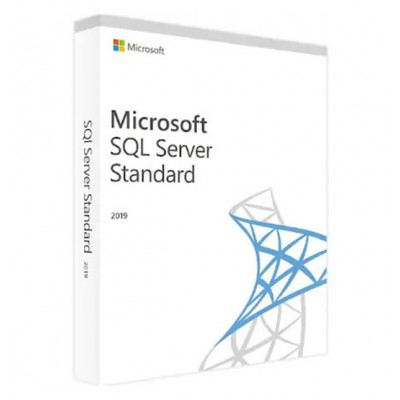

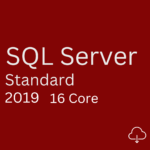

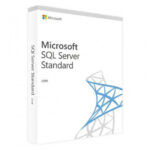
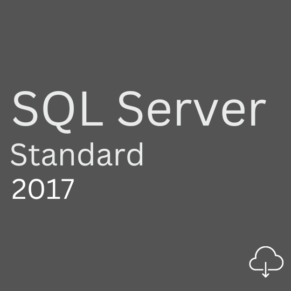
Reviews
There are no reviews yet.